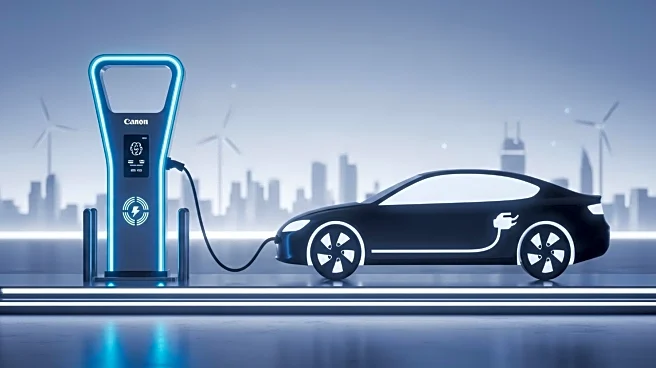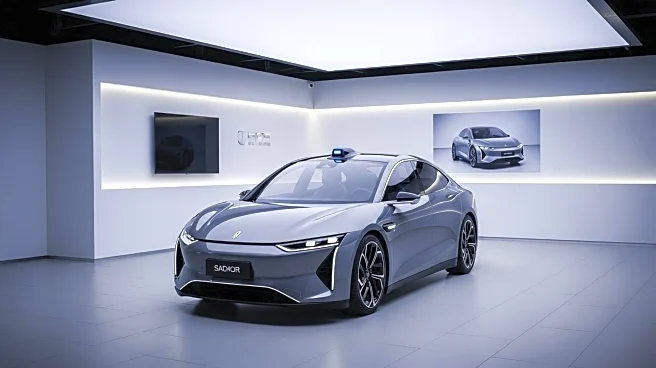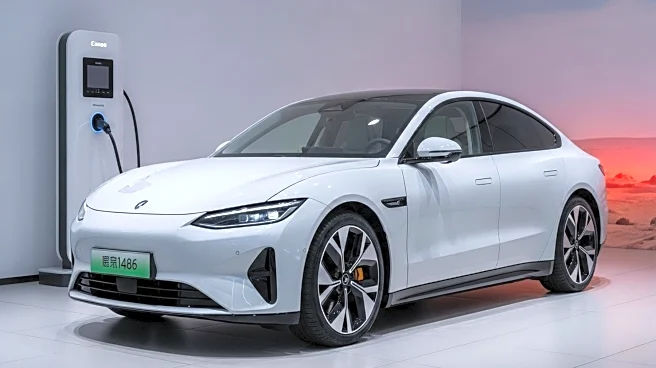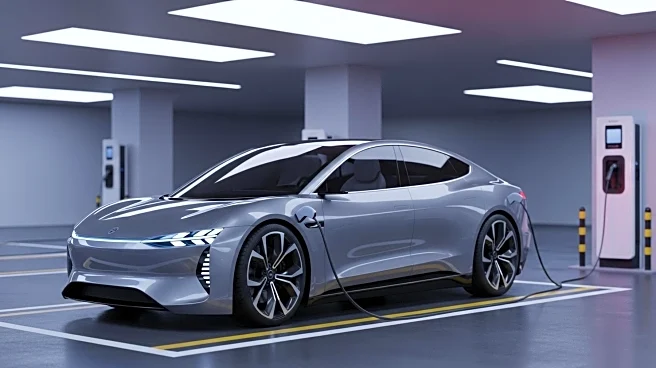What's Happening?
Global plugin vehicle registrations increased by 14% in August 2025 compared to the previous year, with over 1.7 million registrations. Battery Electric Vehicles (BEVs) grew by 23% year-over-year to over 1.1 million units, while plugin hybrids saw a slight decline. The U.S. market experienced a sales rush due to the end of the EV tax credit, leading to record sales for models like the Hyundai IONIQ 5 and Chevrolet Equinox EV. The Tesla Model Y maintained its leadership position, while the Geely Xingyuan hatchback continued its rise, reaching over 46,000 deliveries. The end of the tax credit is expected to lead to lower sales in the U.S. during the fourth quarter, providing an opportunity for Chinese EVs to gain ground.
Why It's Important?
The surge in EV sales highlights the growing consumer demand for electric vehicles, driven by incentives like tax credits. The end of the U.S. EV tax credit could impact domestic sales, potentially slowing growth in the short term. However, it may encourage manufacturers to explore export markets, particularly in regions like Latin America. The shift in market dynamics could influence global EV strategies, with companies adjusting their focus to maintain competitiveness. The rise of Chinese EVs, like the Geely Xingyuan, underscores the increasing competition in the global market, challenging established players like Tesla.
What's Next?
With the end of the EV tax credit, U.S. sales are expected to decline in the fourth quarter, particularly in October and November. This may lead manufacturers to focus on international markets to sustain growth. The Geely Xingyuan has the potential to surpass the Tesla Model 3 in sales, marking a significant shift in market leadership. As the global EV market evolves, manufacturers will need to adapt their strategies to navigate changing consumer preferences and regulatory environments.










